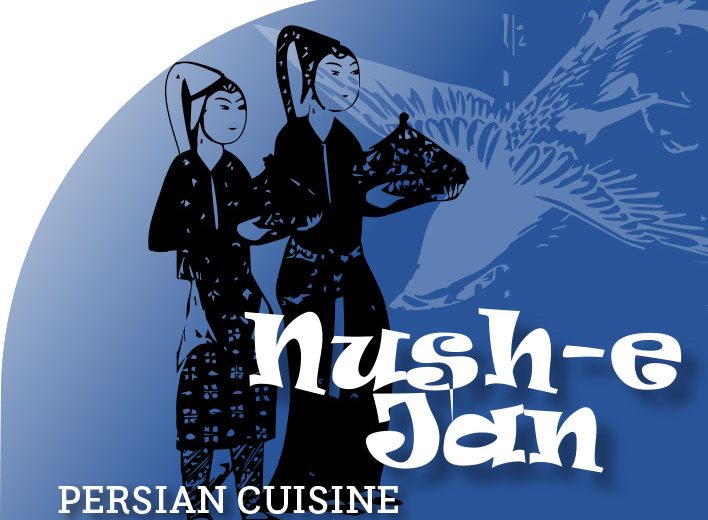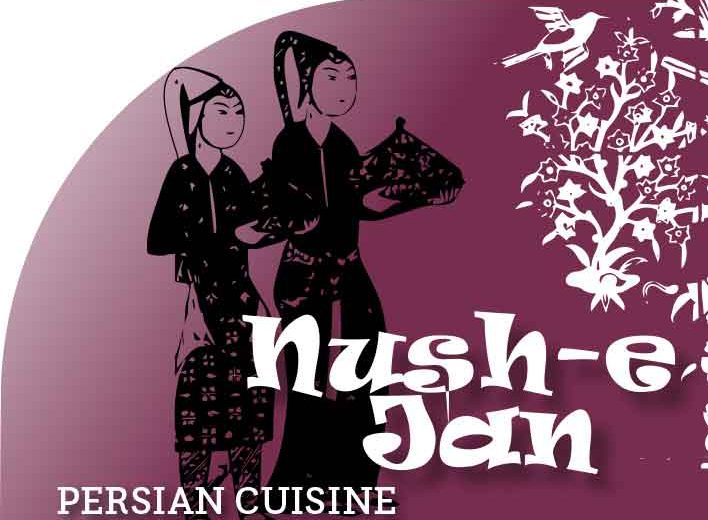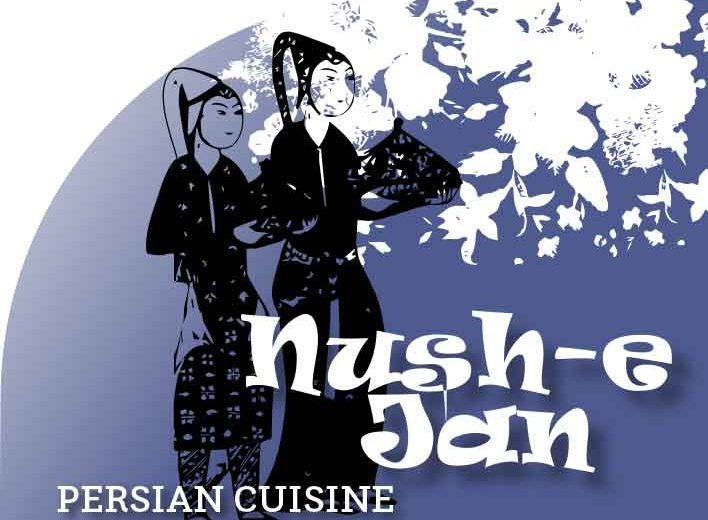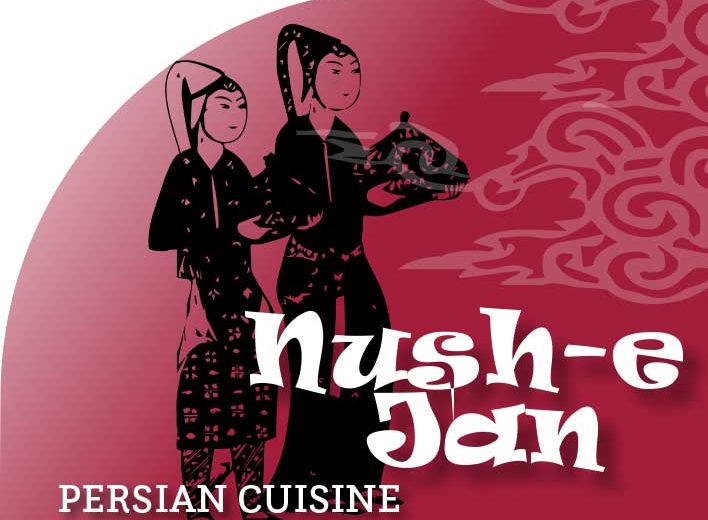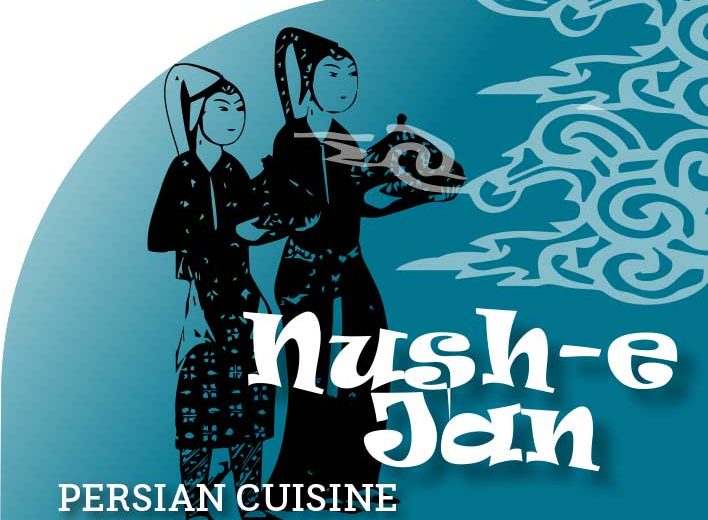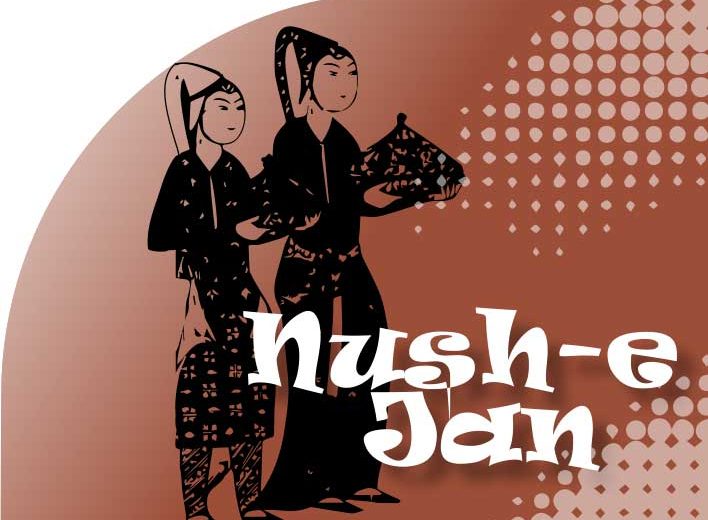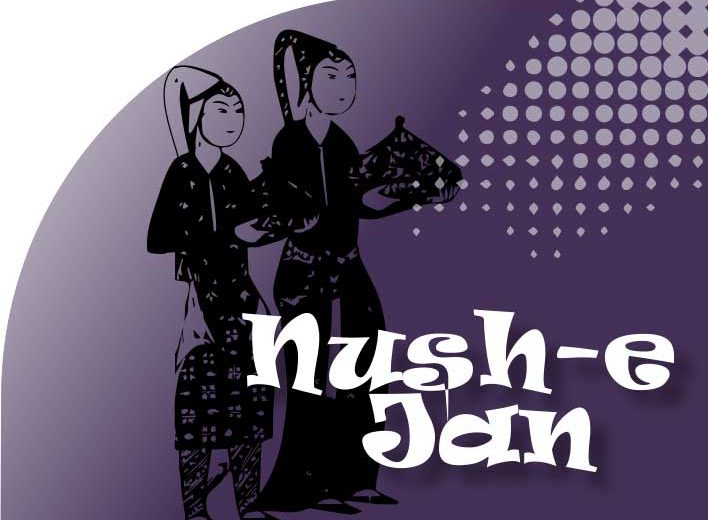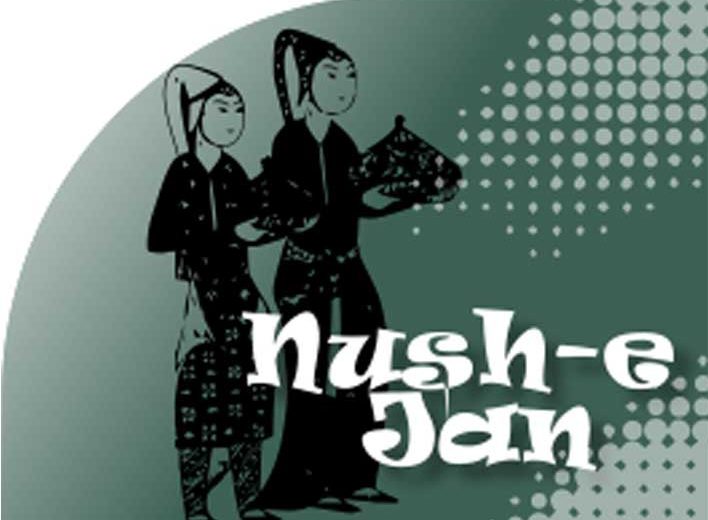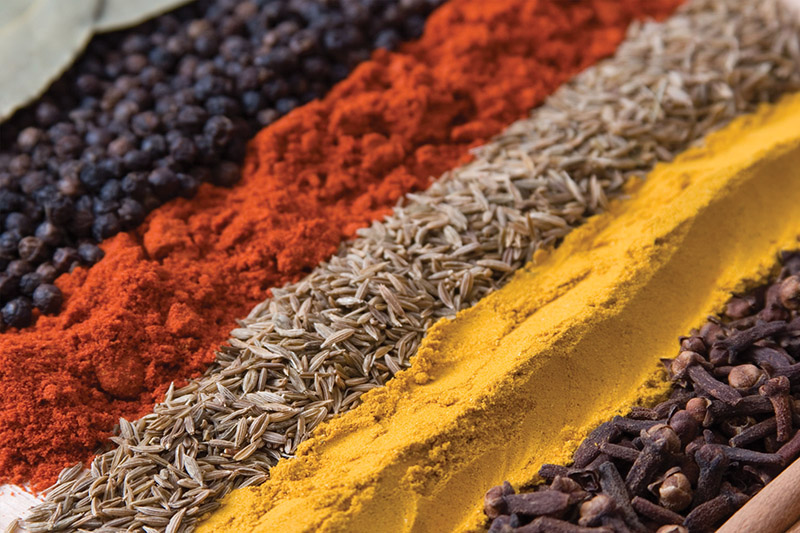 “Hamadan/Ahmatan/Ecbatana all are various spellings through time for the same town, which literally means the gathering place. Hamadan is one of the oldest and coldest cities in Iran. It was the capital of the Median Empire and the summer residence of the Achaemenids 2,500 years ago. Located in the western side of Iran by the Zagros mountain range, Hamadan cuisine is quite distinctive, perhaps because of its long winters. Cooks there use less fresh ingredients and more of the dried and preserved forms. The region is renowned for making the best pickles and preserves, using traditions that have been passed down over many centuries.”
“Hamadan/Ahmatan/Ecbatana all are various spellings through time for the same town, which literally means the gathering place. Hamadan is one of the oldest and coldest cities in Iran. It was the capital of the Median Empire and the summer residence of the Achaemenids 2,500 years ago. Located in the western side of Iran by the Zagros mountain range, Hamadan cuisine is quite distinctive, perhaps because of its long winters. Cooks there use less fresh ingredients and more of the dried and preserved forms. The region is renowned for making the best pickles and preserves, using traditions that have been passed down over many centuries.”
Hamadani Seven-Spice Advieh: Makes 1 ½ cups/150g
1 Tbsp. red pepper flakes; 2 Tbsp. whole cloves; 4 Tbsp. black cumin seeds; 4 Tbsp. coriander seeds; two 4in/10cm cinnamon sticks, broken into pieces to make grinding easier; 4 Tbsp. green cardamom pods; 4 Tbsp. ginger powder. Grind spices separately in a spice grinder; transfer each spice to a mixing bowl as you grind them, then add the ginger powder in and mix well. Transfer into an air-tight glass jar and keep in a cool place.
Carrot + Bulgur Ash: Ash-halim-o-havij-e Hamadan (Vegan)
Serves 6-8 Prep: 20 minutes + soaking of legumes overnight Cooking: 2 ½ hours
Legumes soaked overnight and drained: 1 cup/200g brown lentil; 1/8 cup/25g kidney beans; 1/8 cup/25g chickpeas
Broth: 1/4 cup/200g oil or ghee; 2 onions, peeled and thinly sliced; 1 Tbsp. fine sea salt; 1 tsp. freshly ground pepper; 1 tsp. turmeric; 2 tsp. Hamadani seven-spice advieh (see above); 1 ½ cup/270g bulgur; 1lb/450g carrots (about 6 medium), peeled and diced into 1/2in/12 mm cubes; 2 cups broth or water; 1 cup liquid kashk or almond milk
Garnish: 2 Tbsp. oil/ghee; 10 cloves garlic, peeled and grated; 1 tsp. turmeric; 2 Tbsp. dried mint flakes
Bulgur is the hulled kernels (berries) of wheat which are steamed, dried, and cracked. Bulgur was a staple of the Iranian diet before rice took over in the fifteenth century. Traditionally, the ash is made with meat, but here we have the vegetarian/vegan version by using water instead and almond milk in place of kashk.
To Cook the Ash:
Heat 2 Tbsp. oil in a large laminated cast-iron pot over medium heat and sauté the onions until golden medium brown. Add the salt, pepper, turmeric, advieh, legumes, bulgur, and carrots. Sauté for 1 minute.
Add the broth and bring to a boil. Cover and simmer over medium heat for 1 ½ hours, stirring occasionally until the beans and carrots are tender.
Add ¾ cup of the kashk to the ash. Use a handheld mixer to partially puree the ash. Adjust seasoning to taste, cover, and keep warm.
To Cook the Garnish: heat 2 Tbsp. oil in the skillet until hot, add the garlic, and sauté until golden brown. Add the turmeric and stir-fry for 1 minute. Remove from heat and add the crushed mint flakes, stir well, and set aside.
Just before serving, transfer the ash to a bowl and garnish with the mint and garlic mixture and the remaining kashk. Serve with bread and fresh herbs.


